As others noted, a problem is that you seem to have multicollinearity. Another is that there are missing values in your dataset. The missing values should probably just be removed. As for correlated variables, you should inspect your data to identify this collinearity, and remove it. Deciding which variables to remove and which to retain is a very domain-specific topic. However, you could if you wish decide to use regularisation and fit a model while retaining all variables. This also allows you to fit a model when n (number of samples) is less than p (number of predictors).
I've shown code below that demonstrates how to examine the correlation structure within your data, and to identify which variables are most correlated (thanks to this answer. I've included an example of fitting such a model, using L2 regularisation (commonly known as ridge regression).
d <- read.csv("https://raw.githubusercontent.com/rnorouzian/m/master/v.csv", h = T) # Data
nms <- c("Age","genre","Length","cf.training","error.type","cf.scope","cf.type","cf.revision")
d[nms] <- lapply(d[nms], as.factor) # make factor
vv <- lm(dint~Age+genre+Length+cf.training+error.type+cf.scope+cf.type+cf.revision, data = d)
df <- d
df[] <- lapply(df, as.numeric)
cor_mat <- cor(as.matrix(df), use = "complete.obs")
library("gplots")
heatmap.2(cor_mat, trace = "none")

## https://stackoverflow.com/questions/22282531/how-to-compute-correlations-between-all-columns-in-r-and-detect-highly-correlate
library("tibble")
library("dplyr")
library("tidyr")
d2 <- df %>%
as.matrix() %>%
cor(use = "complete.obs") %>%
## Set diag (a vs a) to NA, then remove
(function(x) {
diag(x) <- NA
x
}) %>%
as.data.frame %>%
rownames_to_column(var = 'var1') %>%
gather(var2, value, -var1) %>%
filter(!is.na(value)) %>%
## Sort by decreasing absolute correlation
arrange(-abs(value))
## 2 pairs of variables are almost exactly correlated!
head(d2)
#> var1 var2 value
#> 1 id study.name 0.9999430
#> 2 study.name id 0.9999430
#> 3 Location timed 0.9994082
#> 4 timed Location 0.9994082
#> 5 Age ed.level 0.7425026
#> 6 ed.level Age 0.7425026
## Remove some variables here, or maybe try regularized regression (see below)
library("glmnet")
## glmnet requires matrix input
X <- d[, c("Age", "genre", "Length", "cf.training", "error.type", "cf.scope", "cf.type", "cf.revision")]
X[] <- lapply(X, as.numeric)
X <- as.matrix(X)
ind_na <- apply(X, 1, function(row) any(is.na(row)))
X <- X[!ind_na, ]
y <- d[!ind_na, "dint"]
glmnet <- glmnet(
x = X,
y = y,
## alpha = 0 is ridge regression
alpha = 0)
plot(glmnet)

Created on 2019-11-08 by the reprex package (v0.3.0)

